NJ Transit has had many fiscal crises. Here's why the one that's looming will be worse
The classic go-to formula in New Jersey to fix its statewide transit agency’s deficits over the years is usually the same: Fare increases. Service cuts. Layoffs. Taking money from the budget intended for capital projects.
Those maneuvers alone — which often reduce ridership and undercut service — likely won’t be enough to save NJ Transit from the looming fiscal cliffs ahead.
In fact, given the size of the budget deficit the agency faces in 2026 — nearly $1 billion — those measures would need to be so drastic they could cause a “transit death spiral,” said Zoe Baldwin, the New Jersey director for the Regional Plan Association, meaning that the service cuts and fare hikes would drive riders away in droves.
“We would be repeating the mistakes of the past and learning nothing from our own actions if we were to just double down on those actions that proved ineffective in the long run,” Baldwin said. “When you disinvest in those systems, it makes the service useless, so people abandon it.”
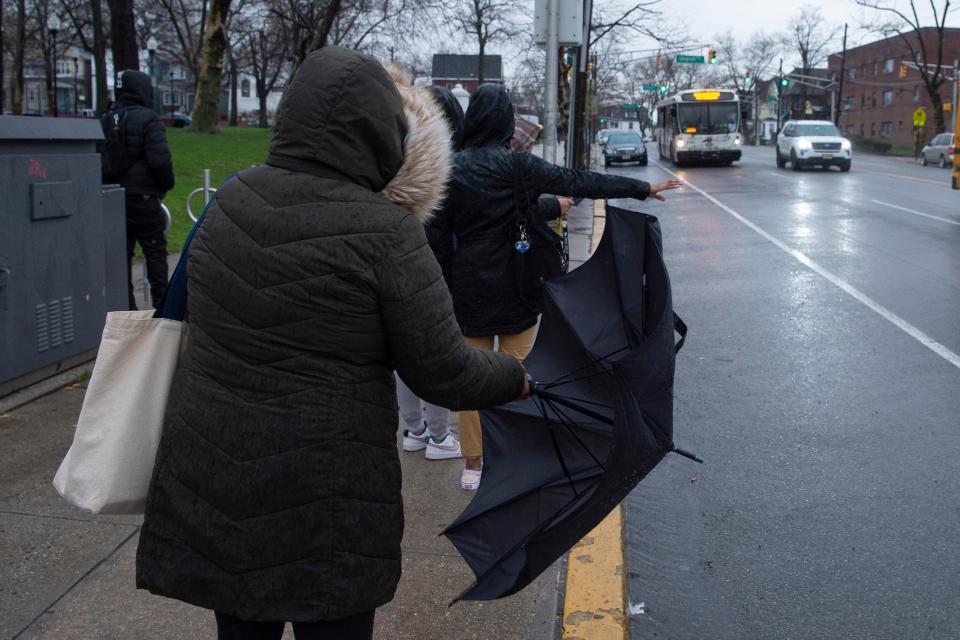
During the next fiscal year, from July 1, 2024, to June 30, 2025, NJ Transit is predicting a $119 million shortfall; the year after that it is forecast to balloon to $917.8 million. That’s about a third of the agency’s budget in fiscal year 2026. By comparison, in 2016 NJ Transit faced a $120 million deficit — just 5% of its spending plan that year.
Budget gap is most dire yet
This budget crisis is different from fiscal cliffs the agency has weathered in the past. The size of the gap predicted in future operating budgets is far more grave and needs to be treated as such to come up with a solution, experts say.
“The magnitude of the loss of revenue from fares is such that it’s almost unfixable without dramatic steps being taken external to the agency, as opposed to within the agency,” said Martin Robins, who helped create NJ Transit four decades ago and served as a director there in later years.
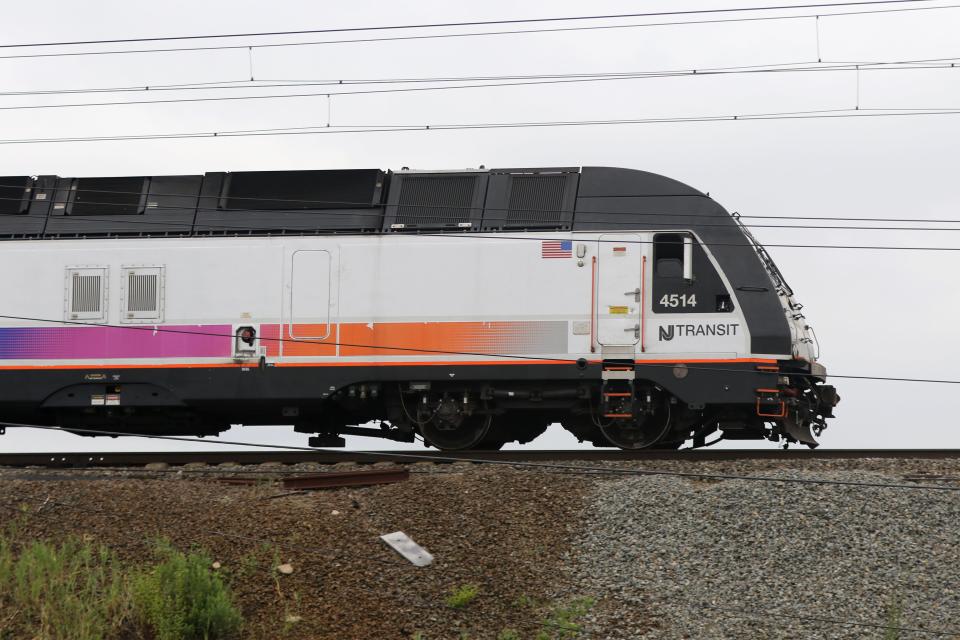
Yet so far, agency officials have only described a vague plan for internal restructuring that will “identify all the areas within the organization where efficiencies can be achieved,” said Jim Smith, an NJ Transit spokesman. Everything is on the table, officials have said, including fare increases, corporate cost reductions, layoffs and service “realignments” — which often translate to service cuts.
“What we’re facing now is something that is of such a consequence it will really make the agency almost unmanageable because of the size of the deficit,” Robins said.
How NJ Transit wound up in a mega fiscal crisis
To understand why NJ Transit is facing a fiscal crisis, you have to go back to the agency's founding, said Philip Mark Plotch, a Fair Lawn resident and a senior researcher at the Eno Center for Transportation, a Washington-based nonprofit that shapes public debate on transportation issues.
In 1979, then-Gov. Brendan Byrne signed a law creating the agency so it could buy and take over failing or bankrupt bus and passenger rail service in the state. NJ Transit’s bus service launched in 1980, followed by rail in 1983.
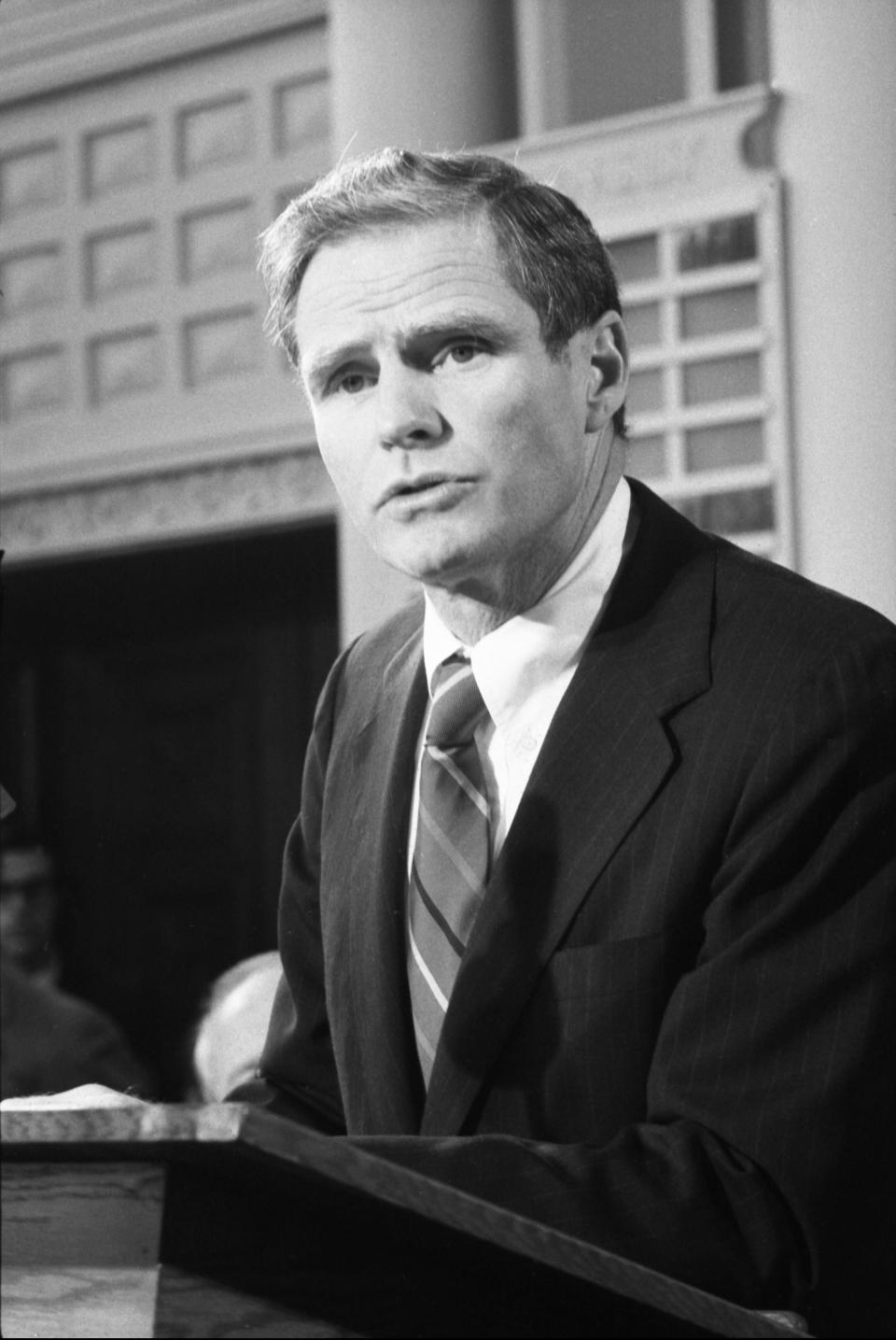
Before that, “most of the rail service was actually operated by private companies that made money on those transit services, so there was always this expectation that the fare would be a high percentage of covering the expenses, if not the whole thing,” Plotch said.
This expectation, coupled with an economy crippled by recessions amid a changing workforce, put NJ Transit nearly into a death spiral during its infancy in the 1980s.
In the agency’s first 11 years, fares went up eight times. Increases ranged between 9% and 22% — money used to help fill three years of deficits in four budget cycles, amounting to $112.5 million. Layoffs were also used to cut costs, especially in years when there weren’t fare increases. Between 1988 and 1992, some 600 people lost their jobs and dozens of bus and rail routes were eliminated.
Spikes in fares, cuts in service and the overall economic climate did nothing to help ridership, which spiraled downward. In the agency's first three years, ridership tanked 10% after large fare increases. After making some gains, ridership plummeted again in 1990, dropping 6.3% in a year.
Garett Shrode, a policy analyst at the Eno Center for Transportation, said NJ Transit and similar legacy transit systems, including the Metropolitan Transportation Authority in New York, still rely heavily on fares to balance their operating budgets — which is what doomed them when the COVID-19 pandemic hit.
“Newer agencies around the country — L.A. Metro, a lot of the light rail systems — are set up to be less fare-reliant,” Shrode said. They were created — and their budgets were designed — under the assumption that the service would be heavily subsidized with aid from local, state and federal sources.
NJ Transit, which is the largest statewide transit agency in the country, has never received money from state or local sources dedicated to it by law, making it an anomaly when compared with other large transit systems.
The pandemic caused ridership to plummet by as much as 90% — along with fare revenues. The agencies most hurt were the ones that significantly lean on fares to balance their budgets, which has led to looming fiscal cliffs because federal COVID relief aid provided during the height of the pandemic is running out.
Fare revenue hasn’t returned to pre-pandemic levels yet, and Shrode predicts that the soonest ridership could return to those levels for many of these agencies is 2030.
Help for transit in other areas
NJ Transit is not alone in its gloomy fiscal predicament.
WMATA in Washington, the MTA in New York and BART in San Francisco are among the agencies also staring down crimson-red budget forecasts.
WMATA officials gave a recent presentation to show the draconian level of service cuts it would take to fill its looming $750 million budget hole, which is about a third of its operating budget, about the same as what NJ Transit is facing in 2026.
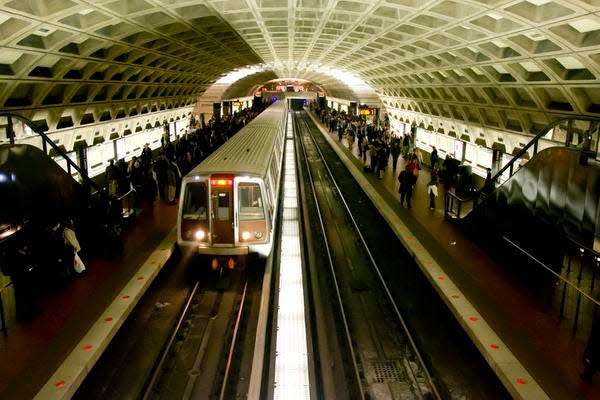
“No train service after 9:30 [p.m.], 10- to 15-minute headways, they were going to have to cut 60% of their bus routes, no overnight bus service,” Shrode said, rattling off just a few of the predicted service cuts. “The region can’t survive with that much of a transit service cut, and so the idea of that presentation, I think, was to make it very, very clear that we need to be considering other options, other stable revenue sources.”
Lawmakers in California and New York have already made significant strides to head off their transit agencies’ fiscal cliffs.
California Gov. Gavin Newsom signed a budget in June that will send $5.1 billion over the next three years to transit agencies across the state.
New York Gov. Kathy Hochul signed a budget in April that includes an increase to a payroll tax for the MTA, a one-time payment of $300 million, and another $65 million to reduce a proposed fare hike. New York City will chip in $165 million to the agency, and future revenues from not-yet-opened casinos will go to the MTA.
Will Trenton plug NJ Transit's budget hole?
New Jersey Gov. Phil Murphy and state lawmakers have not yet indicated how they will handle NJ Transit’s coming fiscal challenges. Eliana Pintor Marin, who chairs the Assembly Budget Committee, told agency officials in May that “figuring out how we can catch you up … I think that that’s going to make our jobs a lot harder next year,” referring to the agency’s history of fiscal issues and having no dedicated revenue by law.
New Jersey Transportation Commissioner Diane Gutierrez-Scaccetti, who chairs NJ Transit’s board, and NJ Transit President Kevin Corbett told lawmakers at the May budget hearings they hoped more federal aid would come to the aid of struggling transit agencies, like NJ Transit.
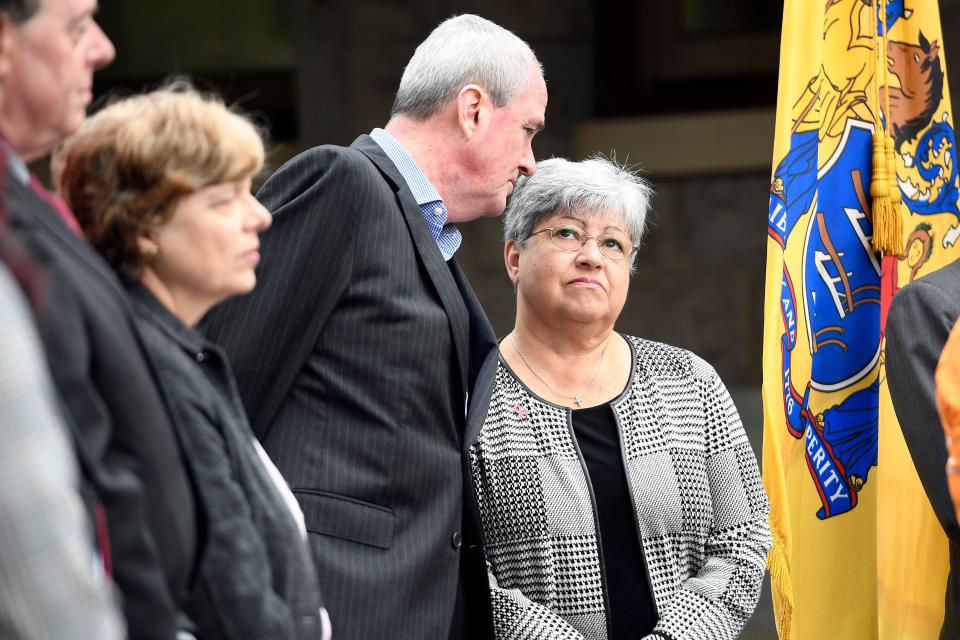
But after three federal COVID relief packages — which sent a combined $70 billion to support transit agencies in 2020 and 2021 — and the passage of the $1 trillion Bipartisan Infrastructure Law in 2021, experts aren’t sure there is an appetite in Washington to send more relief dollars to public transportation.
“I would say that’s a little bit too optimistic,” Shrode said. Plotch added that there is an idea on the table for the next federal budget that might allow transit agencies to use federal transit grants for operating expenses. Currently, that money can be used only for capital projects.
If that goes through, Shrode warned, it would be a “Band-Aid kind of fix … we would definitely hesitate to advocate for something like that long-term.”
The pitfalls of using capital dollars for operating long-term is a familiar problem for NJ Transit. New Jersey governors and legislatures have raided money meant for repairs, renovations and expansion to fill the operating gap at NJ Transit for more than three decades, reaching a peak just before the pandemic in 2019 at $510 million.
That and the lack of dedicated revenues have made it challenging for NJ Transit to handle expansion efforts. Baldwin said New Jersey lawmakers could use this opportunity to rethink their approach to how they fund NJ Transit, and do so in a way that allows the agency to grow sustainably and break the cycle of budget crises.

“The state needs to have a funding mechanism, like something based on a formula, that’s responsive to new service,” Baldwin said. “That way when service increases, it’s not immediately jeopardized by a lack of funding.”
Shrode said there doesn’t appear to be a one-size-fits-all solution for agencies in search of fixing their looming fiscal problems.
“I still don’t think there’s a great answer in terms of what’s next,” Shrode said. “There still doesn’t seem to be one solution that’s boiling to the top, in terms of plugging this hole.
"But it’s clear that being up front and having that clarity about it," he said, "is going to help transit in trying to find those alternatives.”
This article originally appeared on NorthJersey.com: NJ Transit fare increases, service cuts not enough for new crisis

